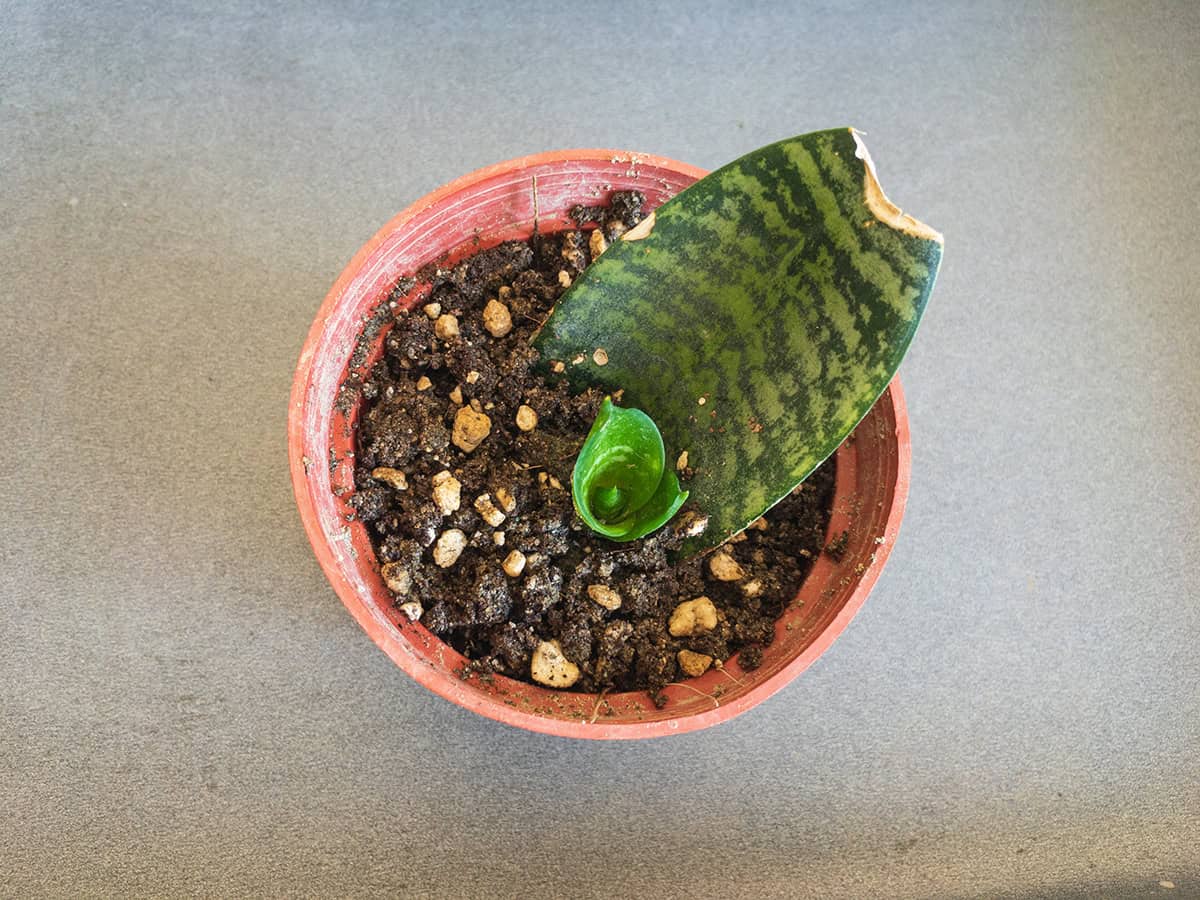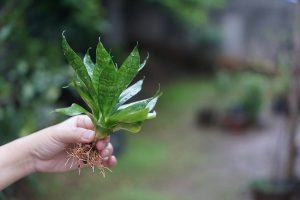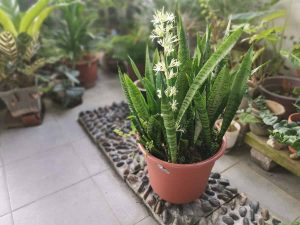You’ve been taking care of your snake plant for months and love its tough nature and sleek leaves. Now, you want to see it grow more baby plants to add more green to your home. It’s easier than you think. Here, we’ll show you simple ways to help your snake plant produce more pups, making it easy to grow your indoor garden
Table of Contents
Understanding Sansevieria Proliferation

To increase your collection of sansevierias, understanding how they propagate is crucial. You can secure a continuous supply of pups with the right knowledge and conditions.
The Biology of Snake Plant Propagation
Sansevieria pups, or offsets, arise from the rhizome. This horizontal stem grows underground and produces new shoots. When you notice pups, they are usually close to the base of the mother plant. These shoots develop into independent snake plants that you can cultivate separately.
Factors Influencing Pup Production
Several key elements affect the production of sansevieria pups. The amount of light and water your plant receives can greatly influence its ability to reproduce. These plants prefer bright, indirect light and consistent watering without over-saturation. Additionally, a well-draining soil mix helps prevent root rot, promoting healthier pup growth. Your plant’s age also plays a role; mature sansevierias are more likely to produce offsets.
Optimal Conditions for Encouraging Pups
Creating the perfect environment for your snake plant will encourage it to produce more pups. Focus on these essential factors for optimal growth.
Light
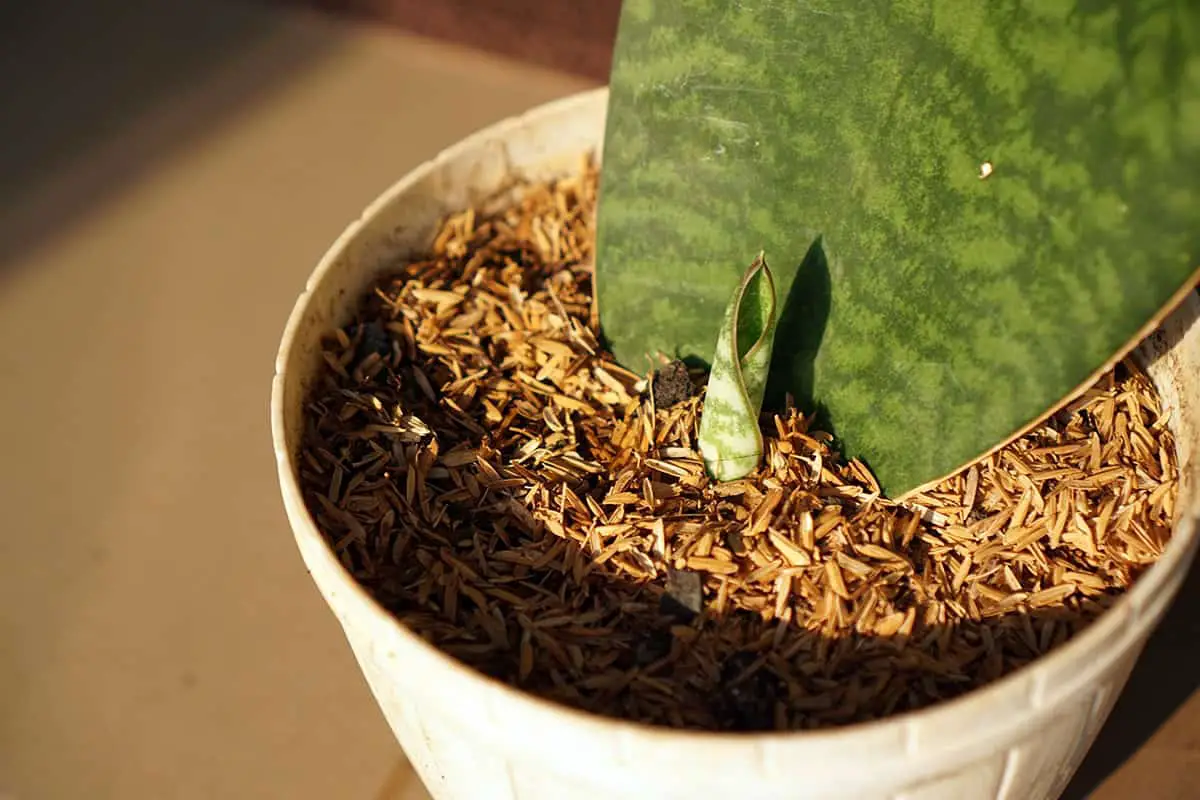
Your snake plant needs moderate light to thrive. Place it in indirect sunlight, as direct rays can scorch the leaves. A north-facing window is often ideal.
Watering
Water your plant sparingly. The soil should dry out between waterings to prevent root rot. During winter, reduce watering to once every couple of months.
Soil Composition
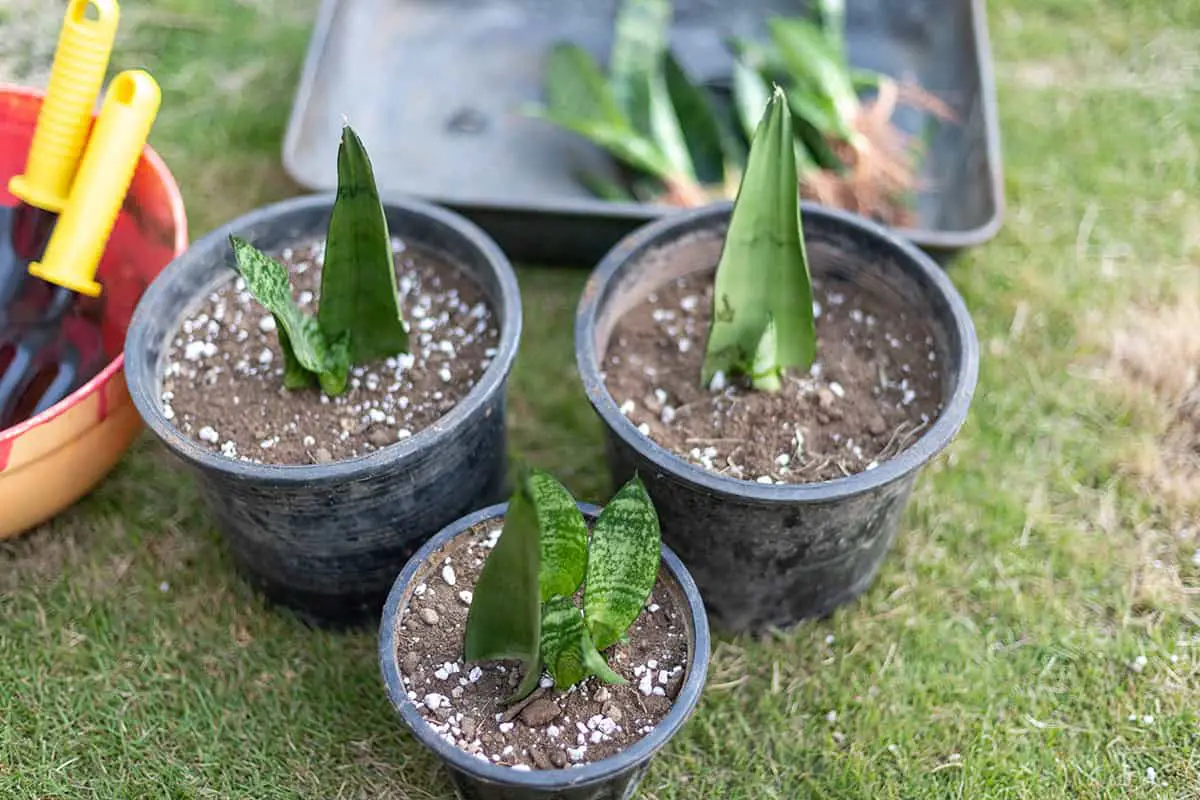
Use a well-draining potting mix for your snake plant. Combining two parts of potting soil with one part of sand or perlite supports healthy root growth and pup production.
Temperature and Humidity
Keep the temperature around your snake plant stable, ideally between 18°C and 27°C. Though it tolerates low humidity, average home humidity contributes to better growth.
Caring for New Sansevieria Pups
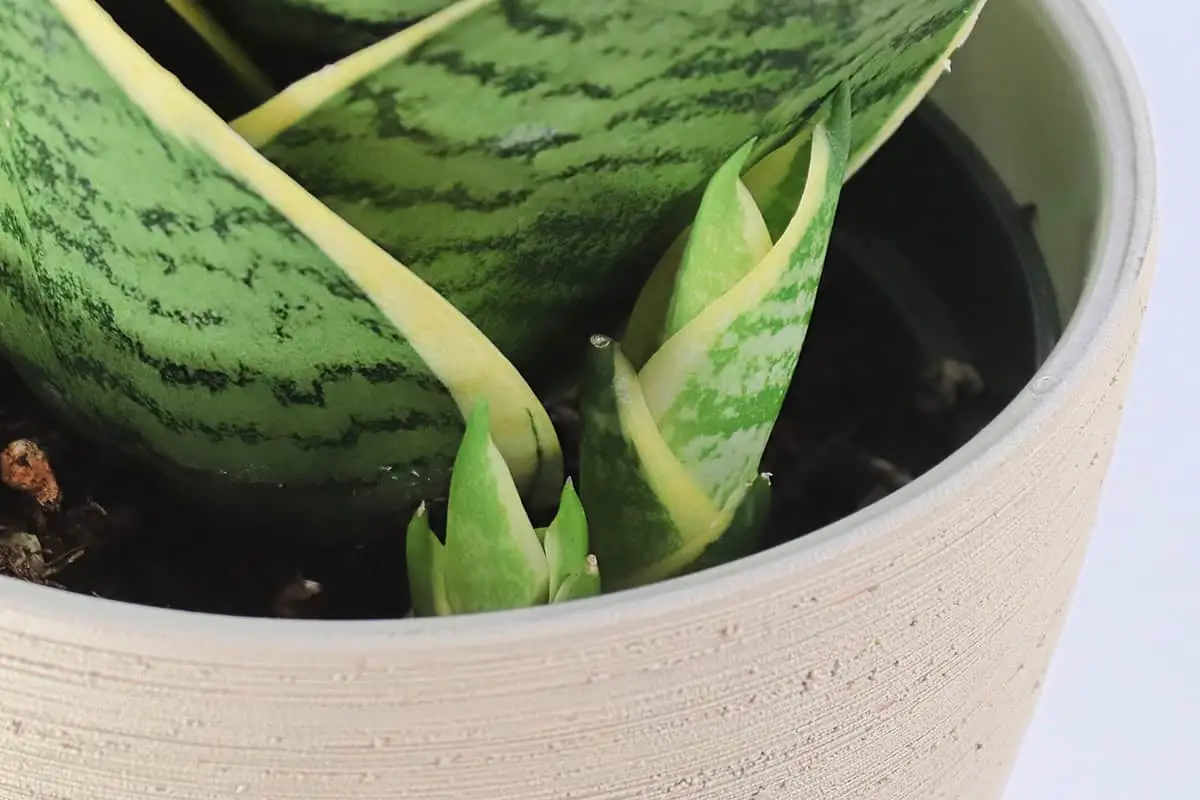
Growing more sansevieria pups allows you to expand your collection. This section guides you through the initial planting and care, monitoring their growth, and tackling any problems that may arise.
Initial Care and Planting
When you first obtain new sansevieria pups, it’s crucial to plant them correctly. Your pups will have a white and an orange section, indicating where the soil level should be. Insert the orange part, also known as the rhizome, into well-draining soil. Make sure the container has drainage holes to prevent waterlogged conditions, which can lead to rot.
Growth Monitoring and Adjustments
After planting, observe your sansevieria pups closely. They need indirect sunlight and minimal watering to thrive. In your weekly check, look for new growth as a sign of health. If your pup’s leaves start to wrinkle or droop, adjust your watering routine. Remember, sansevierias prefer drier conditions, so err on the side of underwatering.
Common Challenges and Solutions
Your snake plants may face some challenges, such as pests or rot. Overwatering often leads to root rot, so ensure the top inch of soil is dry before watering again. If pests occur, like spider mites, act swiftly by wiping the leaves with a mild soap solution. Adequate airflow and avoiding overcrowding can help prevent these common issues.
Maximizing Pup Output
To increase the number of snake plant pups, you need the right approach. A solid plan includes proper fertilization, consistent maintenance, and adjusting care with the seasons.
Fertilization Strategy
Your snake plant needs nutrients to produce pups. Apply a balanced, water-soluble fertilizer during the growing season. This means feeding your plant every six weeks in spring and summer.
Regular Maintenance Tips
Regular care makes a difference. Ensure your snake plant has well-draining soil and don’t overwater. Allow the topsoil to dry out between waterings. Clean leaves promote better growth, so wipe them with a damp cloth occasionally.
Seasonal Considerations
Pay attention to seasons as they affect pup production. In winter, reduce watering and stop fertilizing to mimic the plant’s natural rest period. In spring, resume your fertilization strategy to support new growth.
Troubleshooting Poor Pup Production

If your snake plant isn’t producing pups, certain factors may be impeding its growth. This section clarifies common issues and provides specific corrective actions.
Identifying Issues
First, examine the plant’s environment for suboptimal conditions. Low light levels and inappropriate watering are frequent culprits. Your snake plant needs moderate lighting and infrequent watering. Too much light scorches leaves; too little stunts growth. Overwatering leads to root rot, while underwatering causes the plant to conserve energy, limiting pup production.
Corrective Measures
To resolve poor pup production, adjust the care regimen. Ensure your snake plant gets indirect, moderate light, and balance the soil moisture. Water only when the topsoil is dry to the touch. Repotting may help if the pot is too small; a confined space restricts the rhizomes, hindering new shoots. Opt for well-draining soil and a pot, allowing the rhizomes room to spread.
